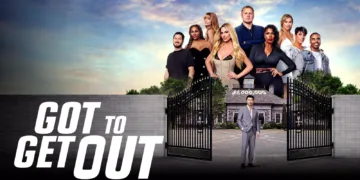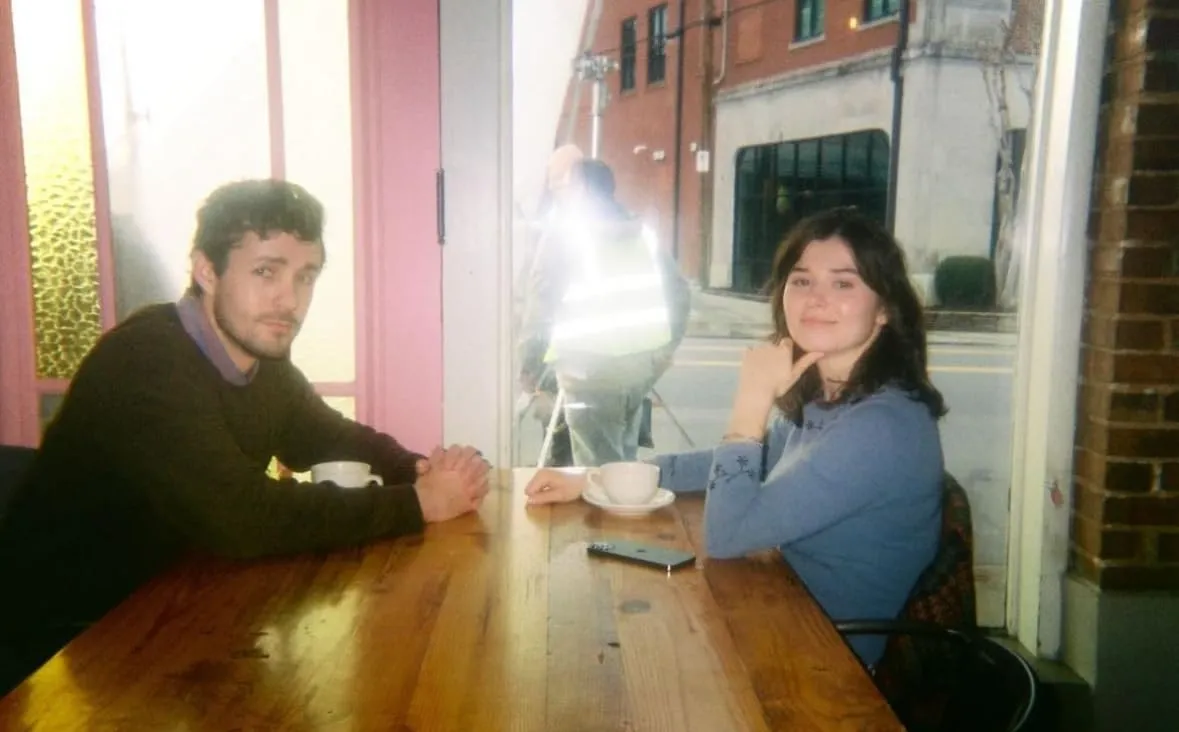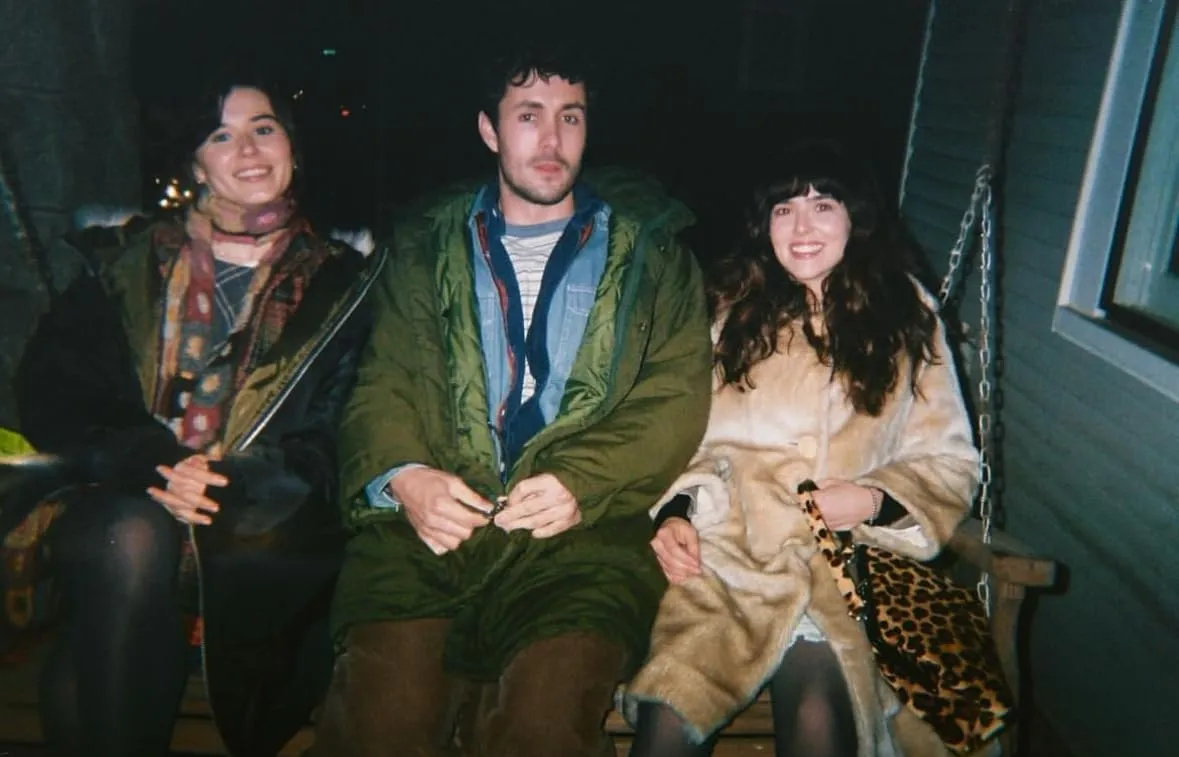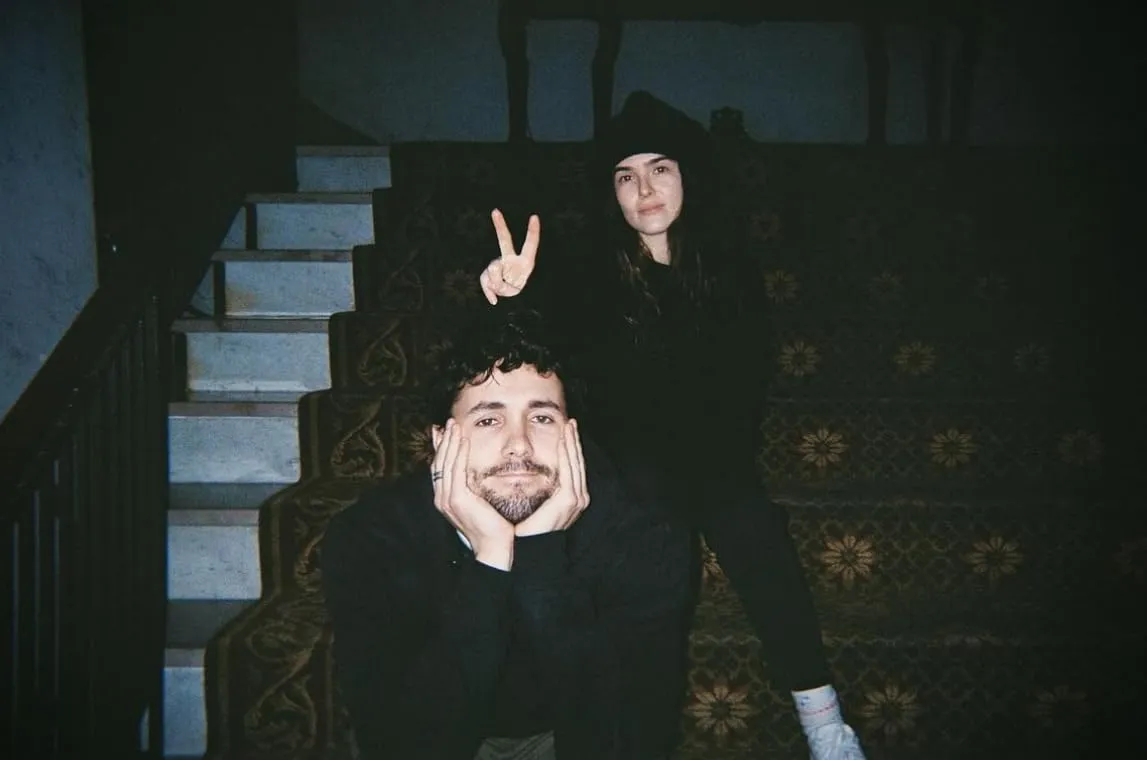In The Threesome, a provocative romantic comedy, the story challenges traditional notions of love and connection. The title itself serves as a signal for exploring shifting dynamics in relationships. Director Chad Hartigan and screenwriter Ethan Ogilby present a scenario where fate brings together three distinct characters—Connor, Olivia, and Jenny—each with their own desires and hesitations.
Connor’s quiet yearning sets off a sequence of events that leads him into a complicated arrangement, while Olivia’s reserved yet determined presence and Jenny’s fresh, offbeat energy create a mix that both confounds and entertains.
The film inspects modern dating through the lens of a single, transformative encounter, exploring how personal choices affect lives in unexpected ways. Its narrative structure is crafted with care, offering a layered look at commitment and honesty as personal values are tested.
The script balances moments of humor with instances of raw vulnerability, allowing the characters to reveal themselves through both dialogue and silence. This review will walk through the narrative mechanics, the evolution of character arcs, and the film’s stylistic decisions, providing a window into a story that mirrors today’s complicated approach to romance.
Plot and Storyline Examination
In The Threesome, a chance meeting at a bustling local eatery sets off a sequence of events that upends the lives of three individuals. An offhand conversation spurs Connor to take a leap of faith, leading him into a situation with Olivia and Jenny that starts as a spontaneous tryst and soon unfolds into a labyrinth of emotional entanglements.
The film begins with a brief, light moment that masks the impending complexity of its narrative, setting the stage for a night that defies standard romantic scripts.
The film’s progression hinges on a meticulously arranged series of events. The trio’s initial encounter is marked by playful banter and an air of spontaneity, yet it soon gives way to unforeseen repercussions. What starts as an impulsive act quickly morphs into a scenario where hidden sentiments surface and personal ambitions clash.
Small decisions accumulate, resulting in complications such as unplanned pregnancies and the reordering of loyalties. These moments compel each character to face inner conflicts and reassess their desires—a turning point that shifts the narrative from mere physical interaction to a broader study of commitment and self-discovery.
Tension steadily mounts as secrets come to light and miscommunications fuel discord. Certain scenes capture the exact moment when private aspirations collide with societal pressures, adding layers of complexity to the unfolding drama. The screenplay employs reflective scenes that mirror earlier, seemingly insignificant choices, providing a rhythmic cadence to the storytelling.
The use of parallel sequences helps underscore the impact of each decision, ensuring that the film maintains a deliberate pace despite its numerous twists. Each segment of the narrative builds on the previous one, guiding the viewer through a carefully orchestrated evolution from a single, impulsive night to a cascade of relational dilemmas and bittersweet repercussions.
Character Development and Performances
Connor is portrayed as a relatable figure with quiet hopes that often conflict with the chaos his actions create. He appears as someone whose inner life is filled with unspoken dreams of a perfect romance, yet his decisions lead him into complications that mirror the messiness of real affection.
His behavior and expressions hint at a man caught between an ideal love and the everyday challenges of commitment. The performance captures subtle shifts in mood through a careful use of pauses and looks that suggest a constant internal tug-of-war.
Olivia emerges as a layered personality whose charm is balanced by a guarded approach to new experiences. She starts off with a reserved manner that gradually softens as personal stakes become clear.
Her character unfolds in a manner that shows a transition from detachment to a raw sensitivity that adds depth to her choices. The performance manages to capture this shift with a restrained intensity, showing a quiet resolve alongside moments of unexpected tenderness.
Jenny serves as the surprising catalyst in this arrangement, injecting wit and humor that light up the screen. Her character operates as both a source of levity and as a reflective mirror to the consequences of spur-of-the-moment decisions. The actress portrays a refreshing blend of quick humor and sincere emotion, making Jenny a standout presence in scenes that might otherwise lean toward the predictable.
Secondary characters, including a supportive best friend, provide essential contrast that sharpens the focus on the central trio. Their brief but memorable appearances enrich the overall narrative by highlighting the personal struggles and growth of the main figures.
The actors deliver performances that transform written character sketches into vivid, memorable portrayals. Attention to small details—such as a meaningful glance or a measured gesture—lends credibility to scenes that could have easily been superficial. The interplay among the leads creates a dynamic that shapes the unfolding drama, setting the stage for a series of personal reckonings that drive the film’s central conflicts.
Themes and Emotional Core
The Threesome offers a close look at the intricate workings of modern affection, painting an unconventional picture of a three-way relationship. The film uses an unplanned encounter to set in motion a sequence where a love triangle serves as a mirror for today’s dating scene.
The interactions among the trio expose the fragile balance between individual desire and collective responsibility, showing how secrets and unspoken truths can spark conflict. Several scenes underscore the need for clear, honest exchange, as small omissions snowball into emotional rifts that the characters must later address.
A single impulsive decision acts as a fulcrum for the narrative, sending shockwaves through the lives of the protagonists. Moments of humor arise as characters confront the absurdity of their situation, yet these same instances carry a weight that is felt in every awkward glance and hesitant conversation.
The film does not shy away from the fallout: unexpected pregnancies and altered trajectories force the characters to reckon with the personal costs of their choices. The portrayal of these consequences is handled with sensitivity, mixing comic relief with moments of raw vulnerability.
The film examines the conflict between heartfelt impulses and the pressures imposed by social norms. Each character is shown struggling with the tension between following personal longing and the pull of external expectations.
Their personal quests for self-understanding and fulfillment are depicted in small, quietly powerful moments that hint at the possibility of growth beyond physical attraction. The narrative charts a course where every decision contributes to a gradual, if uneven, evolution of self-awareness.
A subtle commentary on digital-era romance threads through the film, pointing to the challenges of forming authentic bonds in a world overrun by surface-level connections. The intricate interplay of personal missteps and societal pressures creates a narrative that is both intimate and reflective of the complexities facing lovers today.
Direction, Cinematography, and Tone
Chad Hartigan adopts a measured approach that intersperses humorous moments with quieter, reflective scenes. His method of interlacing laughter and stillness keeps the pace steady, allowing the narrative to breathe and the characters’ feelings to come to light. Hartigan’s technique shows a respect for the rhythm of the story, letting key emotional moments linger without overstaying their welcome.
The film’s visual palette is defined by warm earth tones and soft, natural lighting that creates a sense of intimacy. The camera work focuses on subtle details—a fleeting glance or a slight shift in posture—that speak directly to the characters’ inner lives. One notable scene captures a moment of hesitation through careful framing, using visual nuance to express what words cannot.
The director manages the film’s rhythm with a deliberate touch. The camera lingers at just the right moments before pulling back to reveal the interplay of relationships and emotions. Music cues and carefully timed edits contribute to a balance that keeps both the lighthearted and more serious scenes engaging. Short, playful exchanges are interspersed with longer, introspective shots that invite reflection.
Taken together, Hartigan’s visual and directorial choices construct a mood that mirrors the unpredictable nature of contemporary relationships. The cinematography works in tandem with the narrative, turning simple moments into powerful insights into the characters’ lives. The result is a film that uses every frame and note to draw the viewer into its layered exploration of modern love.
Screenplay and Dialogue
Ethan Ogilby constructs a script that oscillates between humor and heartfelt moments, drawing viewers into a story where every word counts. The screenplay is measured in its approach, balancing clever exchanges with quiet, reflective pauses that expose the inner struggles of its characters. The dialogue is lean yet expressive, giving each character a distinct voice that captures their hidden desires and regrets.
Conversations in the film often hint at deeper emotional currents. A brief, offhand remark can signal a character’s unspoken longing or a moment of self-doubt, revealing layers beneath the surface.
There are instances when a single line carries a weight that transforms the tone of the scene, underscoring the themes of honesty and personal missteps. Wit emerges naturally in the interactions, where awkward situations and sincere banter expose both flaws and endearing qualities in the characters.
Ogilby uses specific storytelling devices to keep the narrative active and engaging. Techniques such as flashbacks and a truth or dare game are employed to slowly unfold character histories and add nuance to the relationships on display. These moments work to sustain a steady pace and ensure that each reveal feels earned.
The script approaches sensitive subjects with a careful hand. Topics like unplanned pregnancies and shifting relationship roles are presented without exaggeration, allowing the gravity of the situation to speak for itself amid lighter exchanges.
The balance between moments of levity and scenes that demand a more measured tone keeps the dialogue from becoming predictable, providing a steady rhythm that guides the audience through the characters’ evolving journeys.
Impact and Final Thoughts
The Threesome examines modern romance through a twist of fate that alters personal bonds and challenges notions of commitment. Its narrative complexity is evident in the careful layering of a single, impulsive encounter into a maze of shifting allegiances and personal reckonings.
The film’s script skillfully marries lighthearted banter with moments that reveal raw, unguarded emotion, prompting the viewer to question how a single night can reshape one’s path in unexpected ways.
The chemistry among the three leads plays a significant role here. Their interactions, filled with understated humor and sincere vulnerability, are supported by a visual style that captures intimate expressions and quiet pauses.
These nuances offer insight into the characters’ internal conflicts, hinting at the quiet struggles beneath their outward appearances. Moments where the dialogue cuts to the quick, exposing unspoken tensions, stand out as some of the film’s more memorable scenes.
Yet, the picture is not without its imperfections. Certain character arcs, while promising in concept, occasionally feel underdeveloped. There are instances where decisions made on screen seem to lack sufficient buildup, leaving parts of the narrative feeling less explored than one might hope. Such gaps suggest that a few additional layers in the storytelling could have enriched the emotional payoff.
This film may resonate most with viewers who enjoy narratives that mix spontaneous decision-making with reflective, personal growth. Fans of romantic comedies seeking a fresh look at how love and commitment evolve amid life’s unpredictable turns will find this work both engaging and thought-provoking.
The Review
The Threesome
The Threesome offers an inventive look at modern romance through a twist of fate that rearranges personal bonds and tests commitment. Its blend of humor with earnest emotion works well, though certain character arcs remain less fully developed.
PROS
- Strong chemistry among the leads
- Thoughtful script with moments of genuine humor
CONS
- Some character arcs feel underdeveloped
- Certain narrative choices come across as rushed





















































